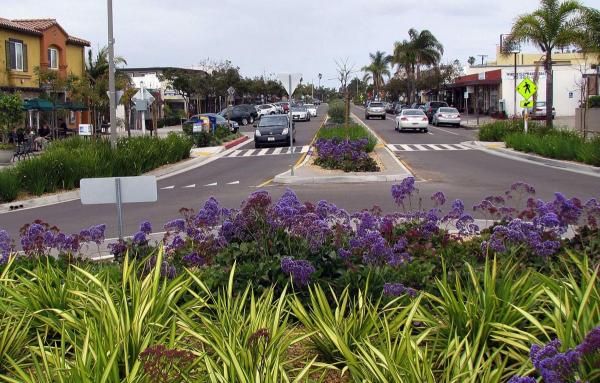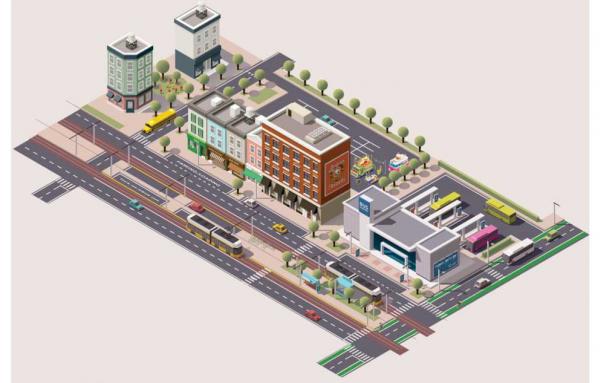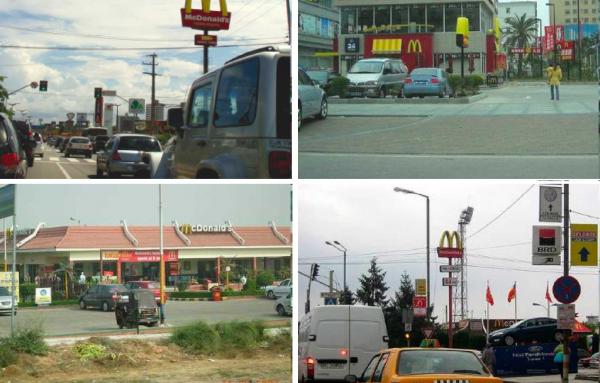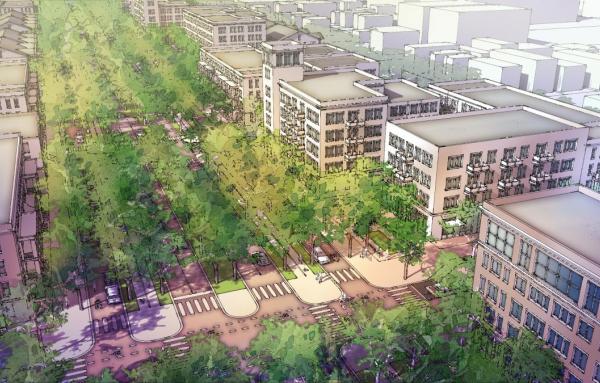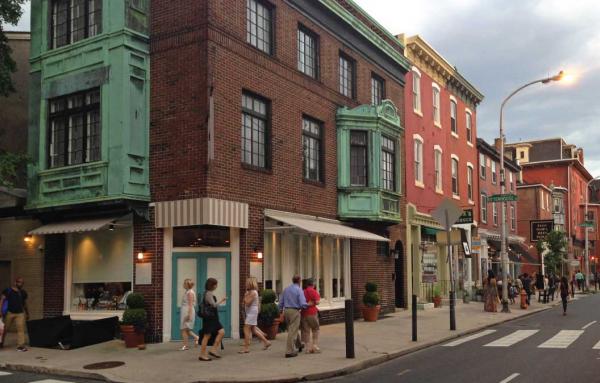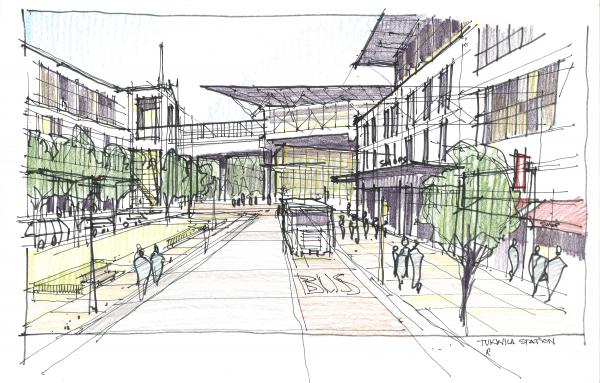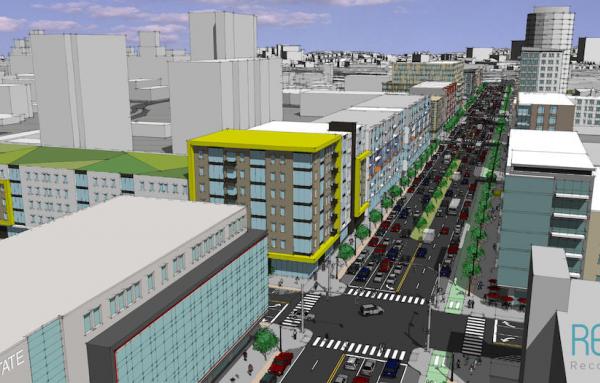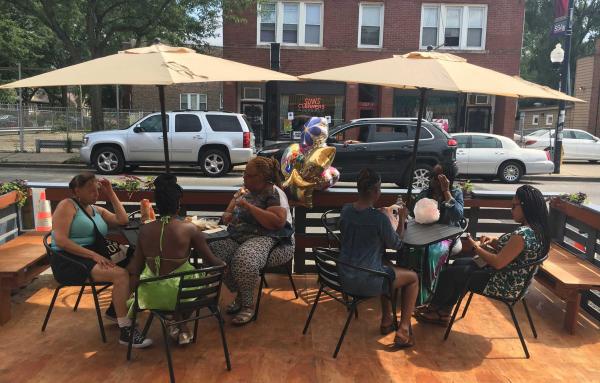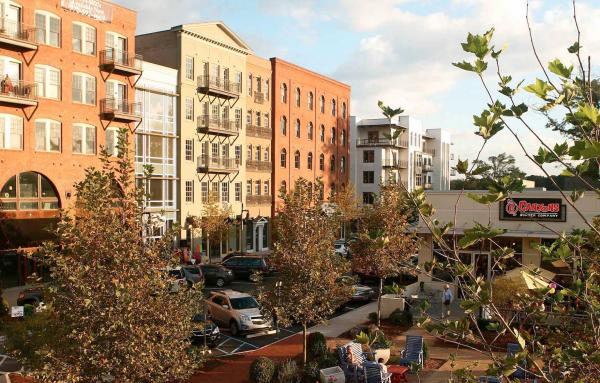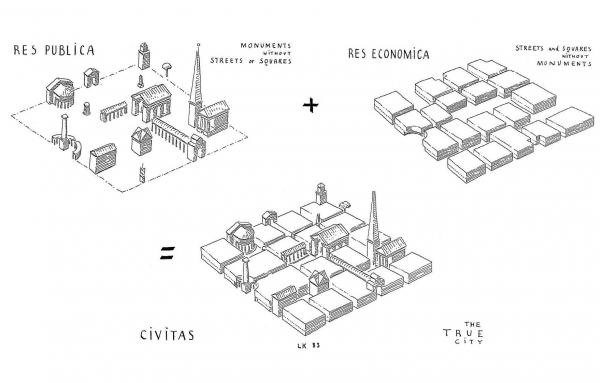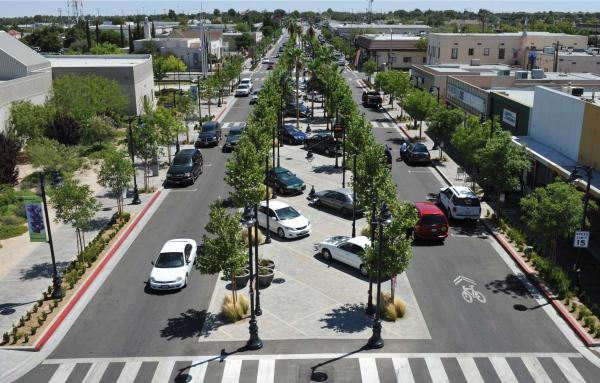Features
Why street design has not kept pace with automotive safety improvements, and what you can do about it.
Here's a playbook for municipal leaders and citizens on the road to smart city technology.
The drive-through lifestyle, exported by America and adopted worldwide, is the "operating system for growth" that is a root cause of rising carbon emissions.
The New Urbanism is a design movement toward complete, compact, connected communities—but it is also a generator of ideas that transform the landscape. Communities are shaped by the movement and flow of ideas, and the New Urbanism has been a...
Walkable places are vital to health and welfare—and contrary to perceptions, they also reduce household costs.
As low-income people migrate further out to the suburban fringe, they become more isolated from services and transportation, according to a report by CNU focused on Seattle.
Here's six ways to transform communities and revitalize our economy by repurposing state departments of transportation, which are currently organized based on an outdated 1950s model.
How urbanism can bring hope and change to a working-class African American neighborhood.
After many decades of financial bias in favor of single-use buildings, the pendulum has begun to move back toward mixed-use and its superior convenience.
More and more people are appreciating that architecture and urban design of streets and public spaces have the power to connect, engage, and inspire all of us.
The nation has a large supply of mid-century neighborhoods that are ripe for changes that will make them more walkable and appealing to new generations of residents.
Lean Urbanism seeks to bring common sense back into the planning and development process—because great neighborhoods are built with many hands, often in small increments.
